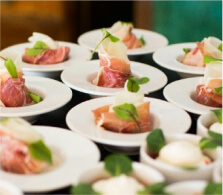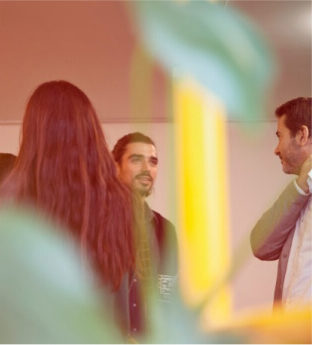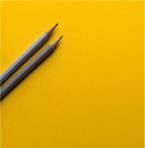Understanding Creative Flow in Contemporary Art Practice
The mysterious process of artistic creation has fascinated humans for centuries. Today, as we understand more about neuroscience and creative cognition, we're gaining unprecedented insights into the conditions that foster artistic innovation. Yet the magic of creation remains deeply personal, a unique alchemy of technique, intuition, and lived experience.
Modern artists are increasingly conscious of their creative processes, combining traditional studio practices with new understandings of how the mind works during periods of artistic flow. This awareness has led to more intentional approaches to creation, while still honoring the ineffable nature of artistic inspiration.
The Science of Creative Flow
Recent research reveals that the most productive artistic states occur when the brain enters specific neural patterns. During these periods, activity in the prefrontal cortex changes, allowing for more intuitive and less self-conscious creation. Artists who understand these patterns can create environments and routines that facilitate entering these optimal states.
Many contemporary artists are incorporating mindfulness practices and cognitive techniques to access these flow states more reliably. This marriage of neuroscience and artistic practice represents a new frontier in understanding creative processes.
Studio Rituals and Routines
Successful artists often develop highly personalized rituals that signal to their minds it's time to create. These might include specific music playlists, lighting conditions, or time-of-day preferences. While the rituals themselves vary widely, their psychological function remains constant: creating a transition space between everyday life and creative work.
The most effective studio practices combine structure with flexibility, providing enough routine to facilitate focus while leaving room for spontaneity and experimentation. This balance helps artists maintain productivity without sacrificing the spontaneous insights that often drive innovation.
Material Dialogue
The relationship between artist and material remains one of the most crucial aspects of creation. Whether working with traditional media or experimental materials, artists engage in a ongoing dialogue with their chosen medium. This conversation between creator and material often leads to unexpected discoveries and new directions.
Understanding material properties becomes a form of creative literacy, allowing artists to push boundaries while respecting the inherent characteristics of their media. This knowledge builds over time, creating a deep repository of practical wisdom that informs artistic decisions.
The Role of Constraints
Counter-intuitively, limitations often spark greater creativity than complete freedom. Many artists deliberately impose constraints on their practice, whether through limited color palettes, specific time frames, or restricted materials. These boundaries can focus creative energy and lead to innovative solutions.
Some artists create "problems" to solve in their work, using these self-imposed challenges as catalysts for new ideas. This approach transforms limitations from obstacles into opportunities for creative growth.
Environmental Influence
The physical space where creation occurs profoundly affects the artistic process. Contemporary artists are increasingly thoughtful about designing their studio environments to support their specific creative needs. This might involve considerations of light, sound, temperature, and spatial organization.
The most effective studio spaces evolve alongside the artist's practice, adapting to new projects and changing creative requirements. This flexibility allows the environment to remain responsive to the artist's developing needs.



